Catriona has a commission to paint the 17th-century façade of the chapel of St Joseph’s. She’d made a start when she decided that a foreground figure would lend greater interest and perspective to the composition. Following an email exchange, one of the nuns agreed to pose on the stony path leading up to the chapel for a photograph, from which Catriona would complete the work.
At the appointed time she clanked the bell beside the pointed nunnery door. I was her out-of-breath photographer’s assistant. After two long minutes, the door opened and the youngest and prettiest of the seven sisters stepped from the cloister into the windy world.
Two years ago the ancient white Algerian nuns who were here for as long as anybody could remember disappeared, and seven Argentinian nuns appeared in their place. This great replacement was a sensation among the small côterie of regulars who trekked up to the chapel at five o’clock to meditate on the sung Latin mass. The old Algerian nuns’ voices had rung out thinly but beautifully in the thick chapel silence. But this younger Argentinian choir was sublime. We couldn’t believe our ears at the exquisite purity of their soaring praise. When trying to tell others about it, I failed words.
‘Just go,’ I urged.
The new religieuses’ shadowy charisma and our peasant-like awe has remained a barrier to even formal acquaintance. Though I remember Vernon cutting one out after the service, like a cowboy deftly separating a steer from the herd, to present her with two litres of his first of that year’s olive oil pressing. The audacity shocked me. She was tiny beside him and he had her pinned up against the outside chapel wall by the sheer force of his personality. Yet when she raised her face and smiled up at him, I saw Vernon pale and take an unsteady step backwards.
It was this pretty one who now stepped outside. She was full of apology. She was sorry her French was so poor. We spoke English? Well, she was sorry about her English too. The smiling, guileless young face ovally framed by the wimple was so lovely I just gaped speechlessly at her.
She voiced a further anxiety. ‘What do you call this?’ she said. ‘Wimple,’ I managed. ‘My wimple is like this,’ she said, fingering the length as it hung down behind. ‘My friend’s is longer. Is better for picture.’ And turning to the dark doorway from which she had emerged, she gave a sign and a second nun stepped timidly from darkness into the daylight.
This one was, psychologically speaking, more cloistered than the first and no looker. But the prospect of having her photograph taken for an oil painting excited her visibly, and her smile, when it came, was as disturbing in its loveliness as her friend’s. The wimple business puzzled me though. If seniority was advertised by wimple length, the difference here was as subtle as the quarter-inch in the stripe of Paul Pennyfeather’s tie that misled Lumsden of Strathdrummond.
Having collected our religious mannequins we walked them round to the chapel front, a distance of perhaps 50 yards. I walked beside the prettier one. Through the scrub oak trees immediately on our right you could see for miles. ‘Are you happy?’ I said in English.
I expect she has been asked some inane questions during her time of devoted service. But this one made her stumble on the path. ‘Yes,’ she said, adding: ‘I am allowed to go home every three years.’ I thought it kind-hearted of her to entertain the idiotic notion of happiness, even for the sake of idle chit-chat with the photographer’s assistant during her first modelling assignment.
According to the internet, these Mater Dei sisters have taken three simple vows: poverty, chastity and obedience. ‘Stand there,’ I said, pointing, when we reached the chapel front. ‘And you,’ I said to the other one, ‘you stand there, facing her.’ Using Catriona’s half-completed canvas as a guide, and by closing one eye, we fine-tuned the nuns into their exact position in the frame.
Afterwards they clustered around Catriona’s phone to view the image from which their likenesses would be immortalised. They were delighted. Catriona was delighted. She promised the sisters a quantity of postcards of the final image to sell to pilgrims. Now everyone was delighted, except the photographer’s assistant, who benefitted from none of this and felt short-changed. He submitted a claim of his own.
‘Pray for you?’ said the nuns. ‘Of course!’ They said they would pray for me for nine days consecutively starting from today. Why nine I couldn’t fathom. All the same I felt that I’d hit the jackpot. As we parted from the smiling sisters with inarticulate expressions of goodwill on every side, I pulled my point of orgasm face and bowed to them with real humility.
Got something to add? Join the discussion and comment below.
Get 10 issues for just $10
Subscribe to The Spectator Australia today for the next 10 magazine issues, plus full online access, for just $10.
You might disagree with half of it, but you’ll enjoy reading all of it. Try your first month for free, then just $2 a week for the remainder of your first year.


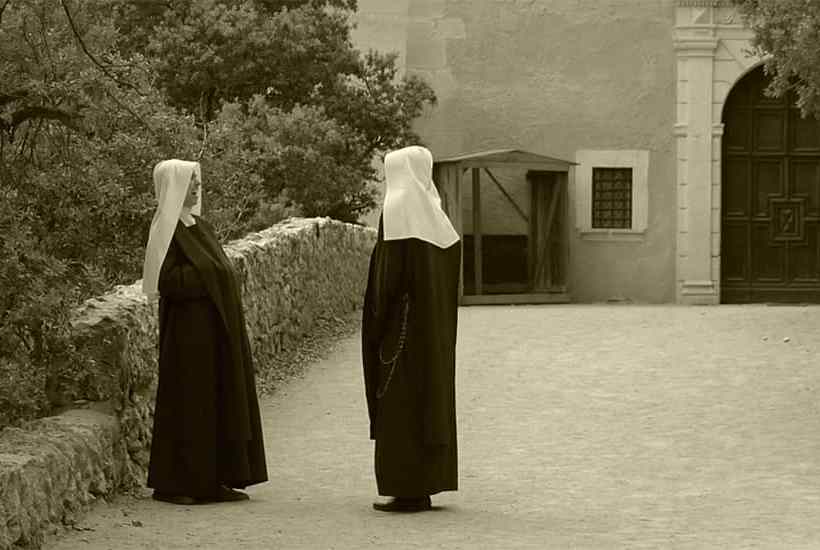
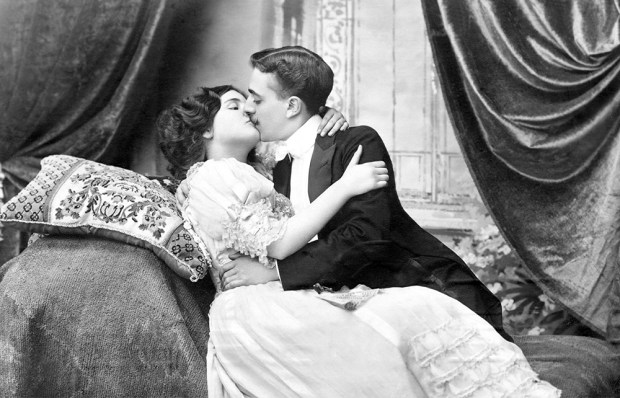
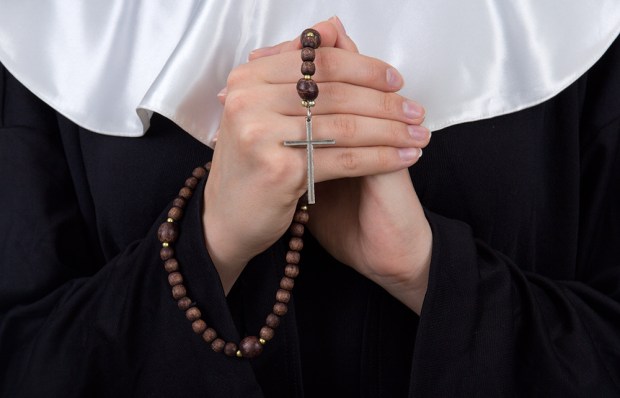

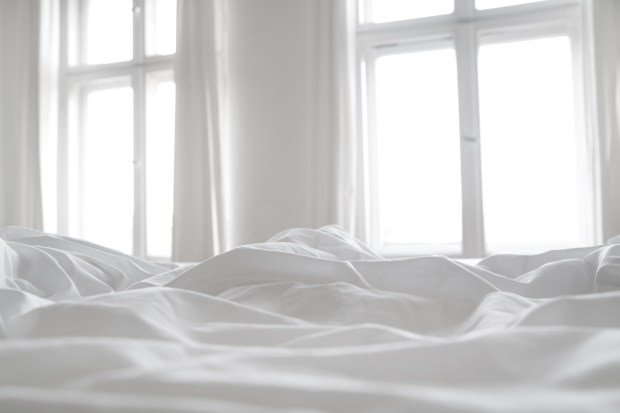
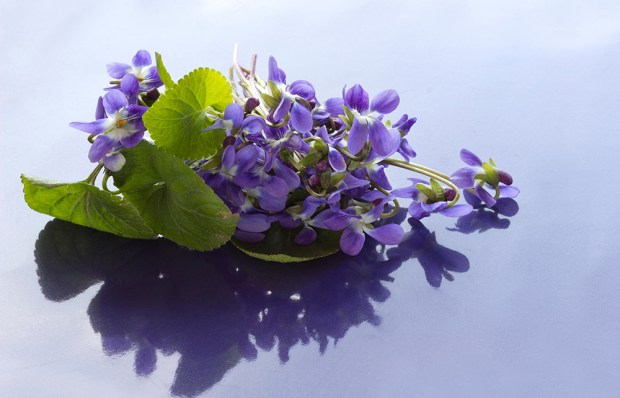
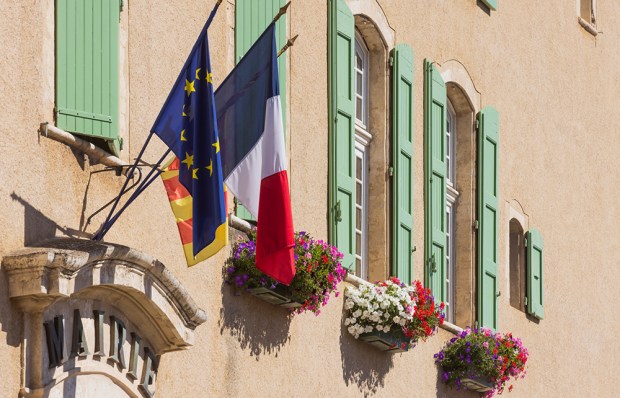






Comments
Don't miss out
Join the conversation with other Spectator Australia readers. Subscribe to leave a comment.
SUBSCRIBEAlready a subscriber? Log in